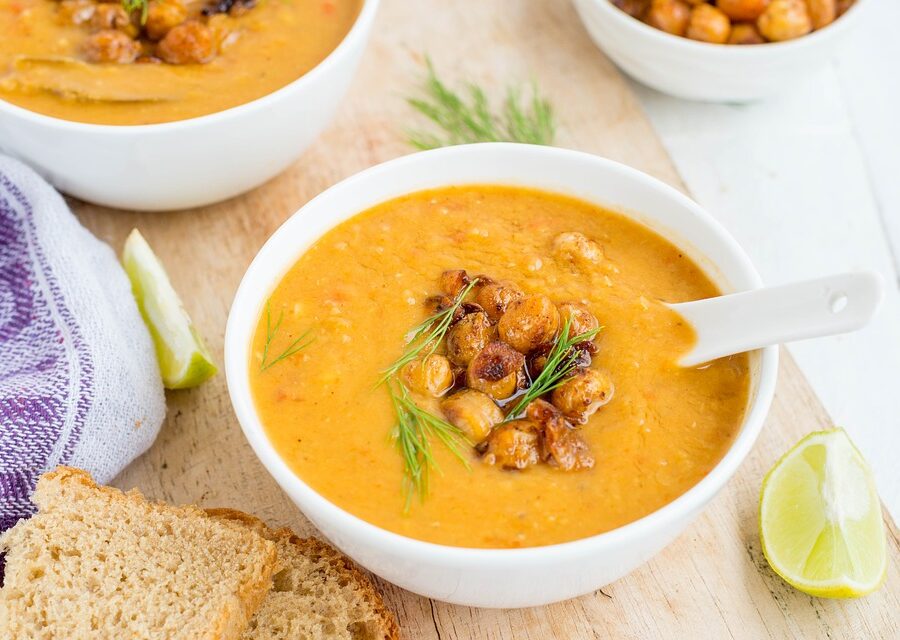October is the time of year when the weather gets cooler, the leaves change color and fall from the trees, and people swap out their T-shirts and shorts for jeans and sweaters.
It’s also the time of year when many people seem to significantly change their eating habits. So, it’s a good opportunity for seniors, and those creating senior diet plans, to pause and begin paying special attention to diet and nutrition.
Transitioning Senior Diet Plans from Summer to Fall
People switch from light summer meals and cool drinks to hearty comfort foods as the weather starts to cool down.
For example, in the summer, some people might choose to eat a salad for dinner. However, when fall and winter come, foods like casseroles, meatloaf, roasts, and soups or stews become more popular. Those foods can have more fat in them, so people need to think carefully about what they’re eating.
Keys to Healthy Eating: Moderation & Color
What’s important to keep in mind when creating a senior’s diet plan is that healthy eating doesn’t mean you can’t ever have the things you like to eat. There are often ways for entrees that tend to be heavier and fattier to be made healthier, such as grilling or baking instead of deep frying. Fatty, calorie-dense foods don’t have to be forbidden, but they should always be eaten in moderation.
Seniors especially tend to gravitate to meals that feature a meat and a starch. They don’t have to deny themselves, but portion control is key. And when it comes to vegetables, you want to see a lot of colors when you sit down for a meal. You need to see a red vegetable and a green vegetable. Dietitians say that half of the plate should be color.
Staying Hydrated, Even as the Leaves Change
Besides fat intake, other things to watch for when creating senior diet plans include monitoring salt or sugar intake, and making sure they consume plenty of liquids. Seniors tend to drink and eat less than their younger counterparts.
There’s also a natural tendency for seniors to consume less liquid because they spend more time indoors, getting less physical activity. The cool drinks of summer should be replaced with an increase in the number of hot liquids, like tea, coffee and soups.
Other alternate sources of liquid for senior diet plans, according to agingcare.com, include the following fruits and vegetables: apricots, bell peppers, broccoli, cherries, grapes, grapefruit, lettuce, nectarines, spinach, strawberries, tomatoes and watermelon.
At Bethesda, we believe the foundations of great health begin with great nutrition for senior diets! Check out our other senior health and wellness articles for more tips and tricks on staying healthy all year long!



